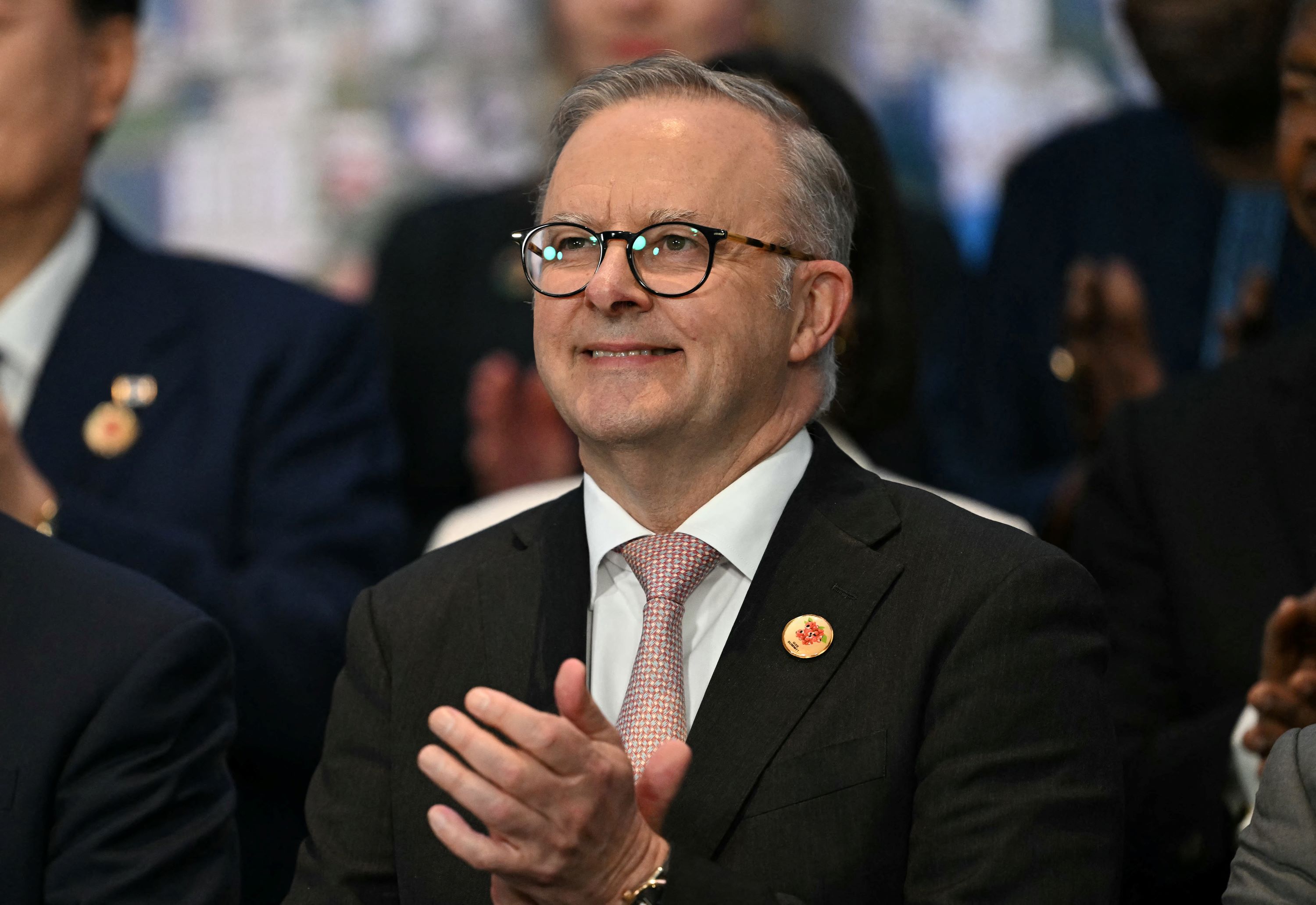
CANBERRA - Australia's Prime Minister Anthony Albanese on Monday announced a 2-billion-Australian-dollar ($1.24 billion) plan to incentivize aluminum smelters to transition to renewable power.
The funding will be used for a scheme that will pay aluminum smelters for every ton of the metal produced using renewable electricity over a 10-year period to 2036.
He said that investing in the local aluminum industry is a "massive opportunity" to create jobs and set Australia up for the future.
ALSO READ: Australian PM reshuffles cabinet ahead of election
"We've got the resources, the workers, and the know-how -- the only thing we don't have is time to waste," Albanese said. "We are building Australia's future, not taking Australia backwards."
The new scheme was announced at the smelter of Tomago Aluminium, Australia's largest producer of the metal and the country's largest electricity consumer.
READ MORE: Aussie PM promises to finish broadband network with major upgrade
According to Tomago, the company accounts for 10 percent of all electricity consumption in New South Wales, Australia's most populous state, and electricity consumption makes up about 40 percent of its costs.
Tomago in 2021 announced it was aiming to transition to almost 100 percent renewable energy by 2029, but chief executive Jerome Dozol said last November that the goal was not achievable.
ALSO READ: Australian opposition leader reveals $210 billion price tag for nuclear plan
Albanese has made renewable energy a key policy point ahead of the 2025 general election, which must be held by May.
His Labor Party government has set a goal of 82 percent of Australia's electricity coming from renewable sources by 2030.


